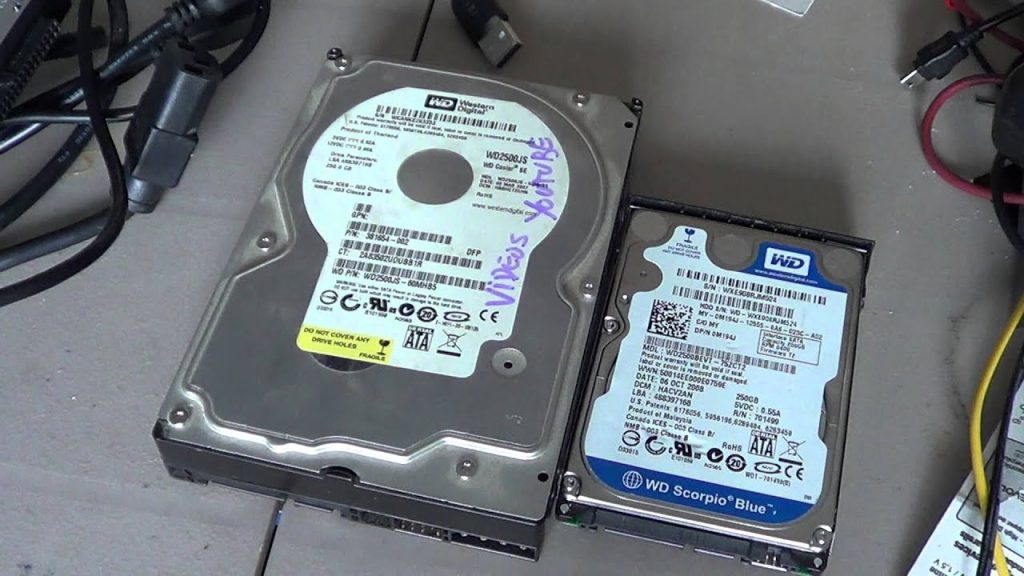If you are like me, you have several hard drives piling up from previous computers and projects. I have never wanted to just throw away a good hard drive. Generally, I have looked for another desktop computer to turn into a server so that I can add the drives to it and justify their existence. But today I have a new use for these drives. Poor Man’s Cold Storage (PMCS).
Instead of trashing drives and assuming they are still in decent working condition, you can use them to store backups of important files from other computers or network-attached storage. I do not need to keep everything on my NAS. Most of it is just digital stuff I have accumulated. But there are files such as photos, legal documents, and even my MP3 music collection which I would not want to lose. That’s where PMCS comes in. Leveraging an external HDD interface connected via USB to my computer I have begun copying those important files to my extra HDDs.
Tracking Your Assets
These drives all look the same, so it is important to label them. I have created a simple spreadsheet which will contain the following column headers:
- Hard Drive: This will be the name I give the drive, such as CSHD1.
- Capacity: This is the stated capacity of the drive.
- Serial: This is the drive’s serial number.
- Contents: This is the contents of the drive. This will point to the original path.
I will add a row in the sheet for each directory I back up.
The Process
Simply copying the contents can work for a one-time dump. However, I expect to update these drives quarterly. In which case a rsync script will need to be employed. The script needs to only sync content that has changed or is new. This will be the same as the process I currently use for my nightly desktop backups, except I may need to modify the script as per the partition name the drive takes on when it is reconnected. At any rate, the drives should serve well to hold important files in cold storage. Very sensitive files should be encrypted. When encryption is needed I will employ VeraCrypt. The passwords will be kept in a KeePassXC store which is also backed up to other locations.
Finally, the drives will be stored in storage boxes for later use/retrieval.



